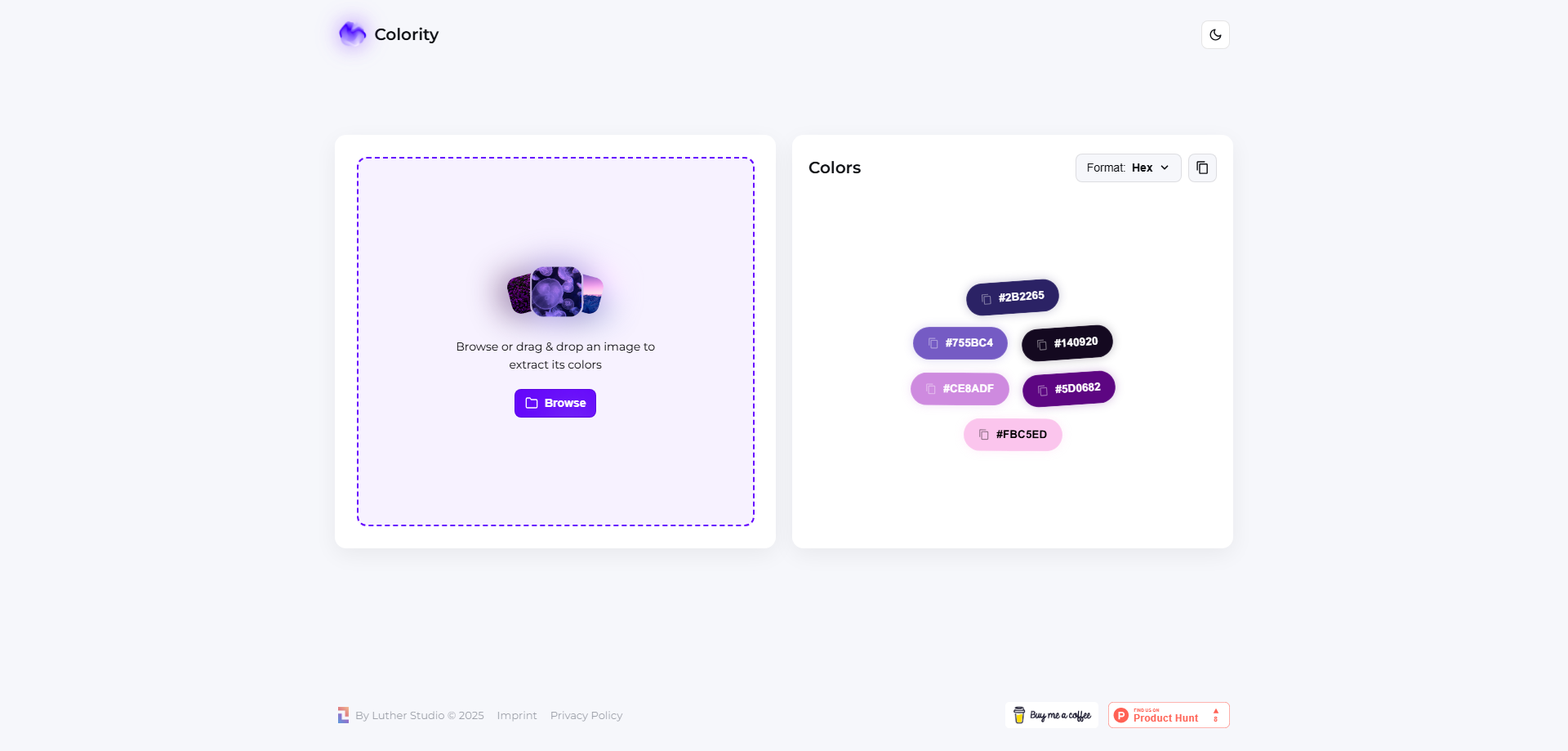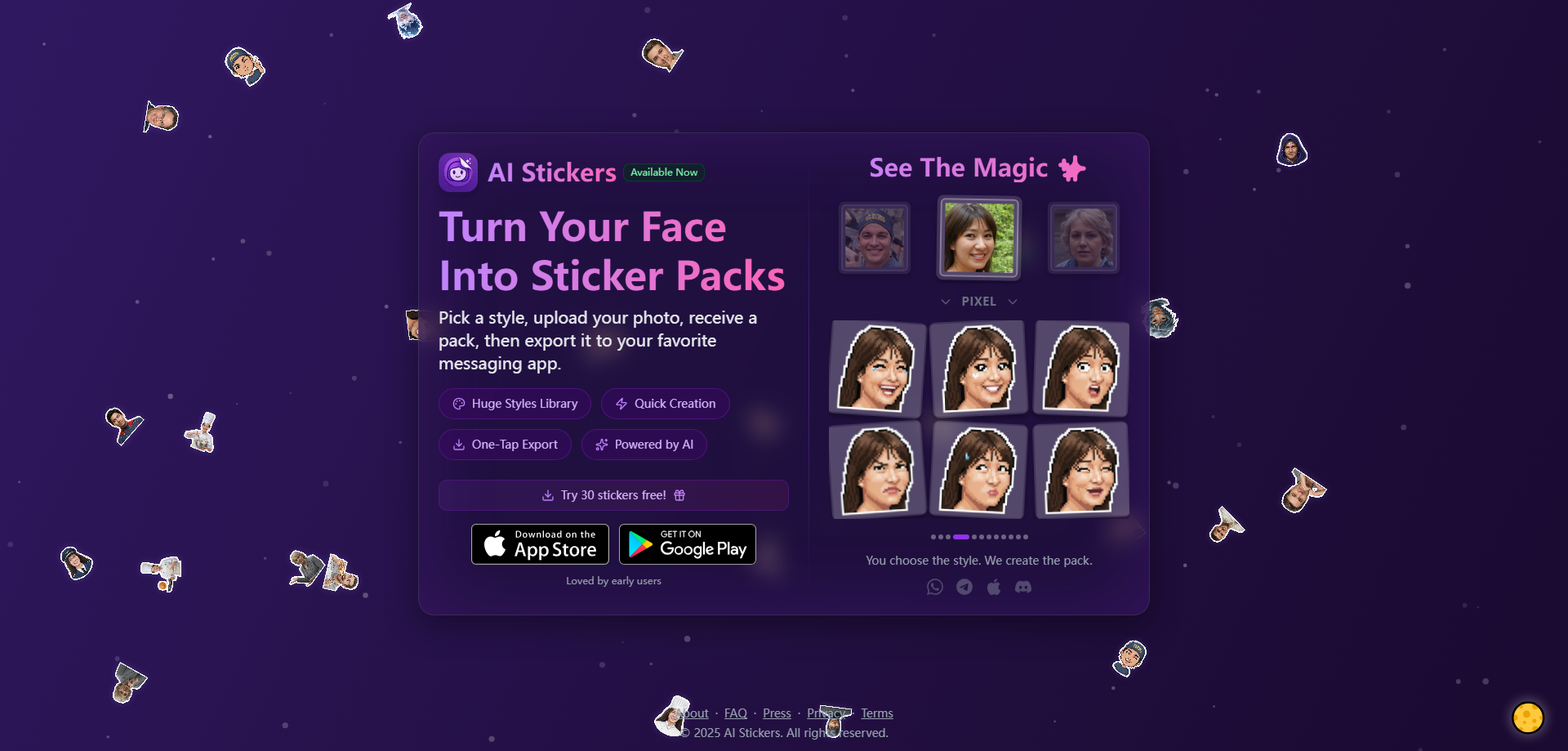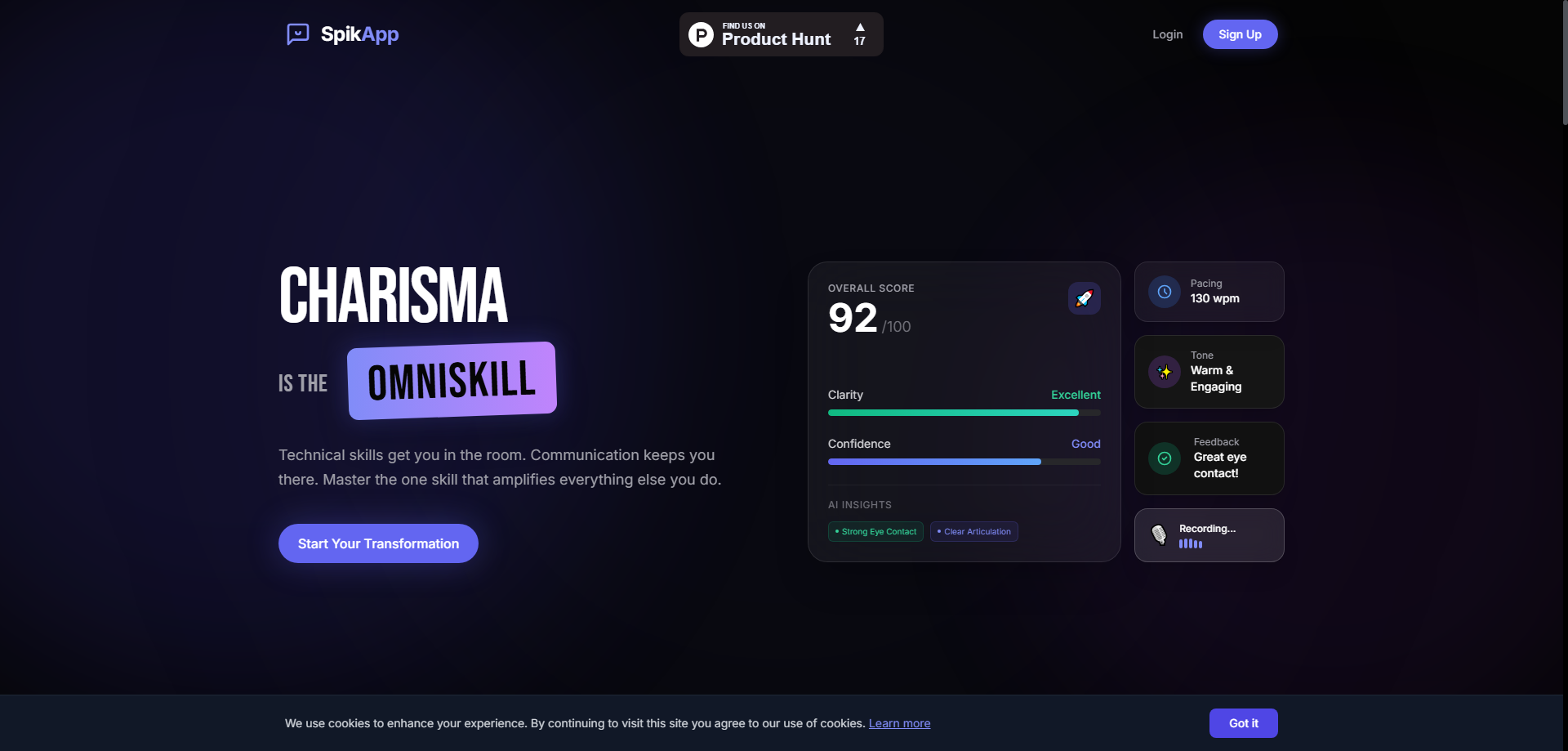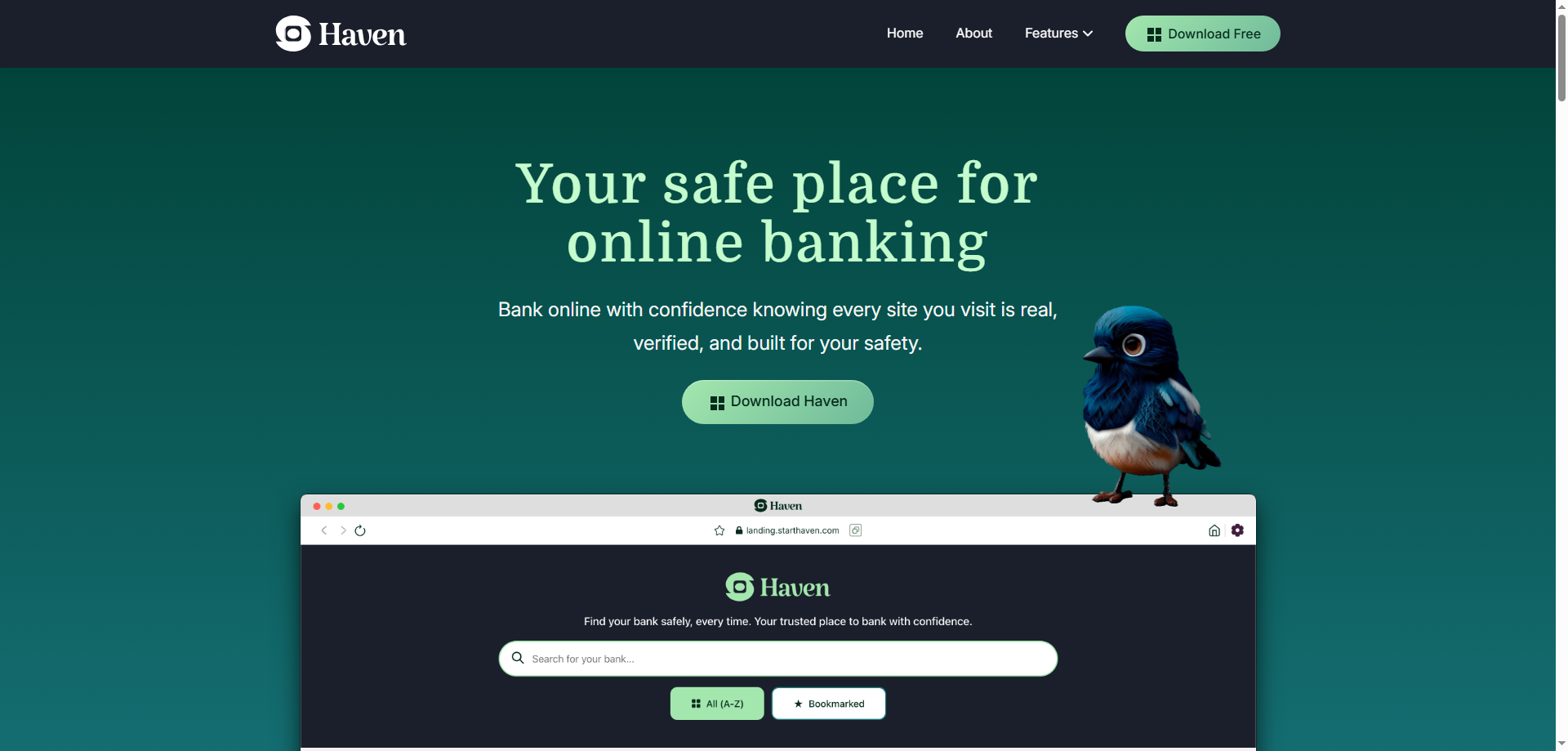What is StendhalGPT?
StendhalGPT is an advanced artificial intelligence application designed to detect AI-generated content and verify the authenticity of text and images. In today’s digital landscape—where misinformation, deepfakes, and AI-generated content are increasingly common—StendhalGPT acts as a safeguard for truth and reliability.
The platform analyzes linguistic patterns, coherence, and image integrity to detect manipulation or automated creation. Beyond mere detection, StendhalGPT goes further by verifying the credibility of sources and tracing the origin of digital content. This makes it an invaluable tool for journalists, researchers, educators, and anyone concerned about media authenticity and the credibility of online information.
By promoting transparency and factual reliability, StendhalGPT empowers users to combat misinformation and preserve the integrity of human-generated knowledge.
How to Use StendhalGPT
Using StendhalGPT is simple and intuitive, making it accessible to users of all levels of technical expertise.
- Access the Platform – Visit StendhalGPT’s official website.
- Upload or Input Content – Users can upload images or paste text directly into the system.
- Run the Analysis – StendhalGPT’s AI algorithms analyze the input, detecting whether it was produced by a human or an AI model.
- View Results – The platform provides a detailed report that includes the authenticity score, content reliability level, and source traceability.
- Verify Sources – Users can use StendhalGPT’s automated source verification tool to check the credibility of references and citations.
Additionally, registered users can log in or sign up via the following links:
Core Features of StendhalGPT
StendhalGPT stands out in the field of content authentication thanks to its combination of AI detection, source verification, and reliability analysis.
1. AI-Generated Text and Image Detection
StendhalGPT uses deep learning models to identify telltale signs of AI-generated writing and visuals. It analyzes linguistic patterns, phrasing, and image artifacts to distinguish between human creativity and algorithmic output.
2. Automated Source Verification
This feature checks the origin of the content and evaluates the credibility of cited references or external data. By confirming the authenticity of sources, StendhalGPT ensures that the information presented is trustworthy and verifiable.
3. Content Reliability and Coherence Analysis
Beyond detecting AI involvement, StendhalGPT assesses how coherent, logical, and factual the text is. It highlights inconsistencies, repetitive phrasing, or patterns typically associated with automated writing tools.
4. Traceability of Content Origin
StendhalGPT provides transparency into where content originated—whether it’s been repurposed, generated, or copied. This helps users trace how a piece of content has evolved across the web.
5. Image Manipulation Detection
In an era of deepfake visuals and altered imagery, StendhalGPT’s image detection algorithm examines pixel-level inconsistencies and metadata to identify manipulated or AI-generated images.
Use Cases of StendhalGPT
StendhalGPT serves a wide range of industries and user needs. Below are key use cases demonstrating its value in today’s digital ecosystem:
1. Verifying the Authenticity of News Articles
Journalists and media professionals can use StendhalGPT to verify whether a news story, quote, or image is genuine. By detecting fabricated or AI-generated content, it helps prevent the spread of fake news and misinformation.
2. Ensuring Originality of Academic Papers
Educators and researchers rely on StendhalGPT to verify the originality of academic submissions. It helps institutions detect AI-generated essays or research papers, maintaining academic integrity.
3. Detecting AI-Generated Marketing Materials
Marketers and agencies can ensure transparency by analyzing advertising content. StendhalGPT helps verify if marketing copy, product descriptions, or visuals were AI-produced, maintaining brand authenticity.
4. Validating the Legitimacy of Online Images
Social media users and digital investigators can use StendhalGPT to verify the authenticity of photos circulating online. By analyzing image data, the platform identifies deepfakes or altered visuals with remarkable precision.
Why StendhalGPT Matters
The increasing sophistication of AI-generated content has blurred the lines between reality and fabrication. StendhalGPT stands at the forefront of digital truth verification, helping individuals and organizations regain confidence in the information they consume and share.
By combining detection with verification, StendhalGPT doesn’t just expose AI-generated material—it provides insight into the quality and credibility of the information itself. This dual approach helps maintain the balance between technological progress and ethical responsibility.
In essence, StendhalGPT is more than a detection tool—it’s a guardian of authenticity in the digital age. It empowers journalists to report truthfully, educators to assess fairly, and everyday users to navigate the web with confidence.
FAQ from StendhalGPT
What types of content can StendhalGPT detect?
StendhalGPT can analyze both text and images, identifying whether they were generated by AI. It also performs automated source verification to assess the credibility of the information.
How does StendhalGPT ensure the reliability of content?
The platform cross-references data from multiple verified sources and detects inconsistencies. Its AI evaluates factual accuracy, coherence, and credibility before classifying the content based on reliability.
Is StendhalGPT transparent about its algorithms?
Yes. StendhalGPT is committed to transparency. It openly explains its methods and evaluation criteria, enabling users to understand how authenticity scores are determined.
Where is StendhalGPT based?
The company operates from 59 Rue Gomboust, Paris, Île-de-France, offering AI-powered tools for digital content verification.
How can I contact support?
For inquiries, technical issues, or refund assistance, users can reach out via email at [email protected].
Does StendhalGPT offer paid plans?
Yes, pricing details can be found on the official page: https://www.stendhalgpt.fr/panier/.
Conclusion
StendhalGPT is redefining how authenticity is verified in the era of artificial intelligence. Its advanced capabilities in detecting AI-generated text and images, verifying sources, and analyzing content reliability make it a crucial ally in the fight against misinformation. By ensuring transparency, accuracy, and accountability, StendhalGPT safeguards the integrity of human-created knowledge and reinforces trust in digital communication.
As AI-generated content continues to evolve, StendhalGPT stands as a beacon of truth—empowering users to identify what’s real, what’s synthetic, and what truly matters in the digital world.








